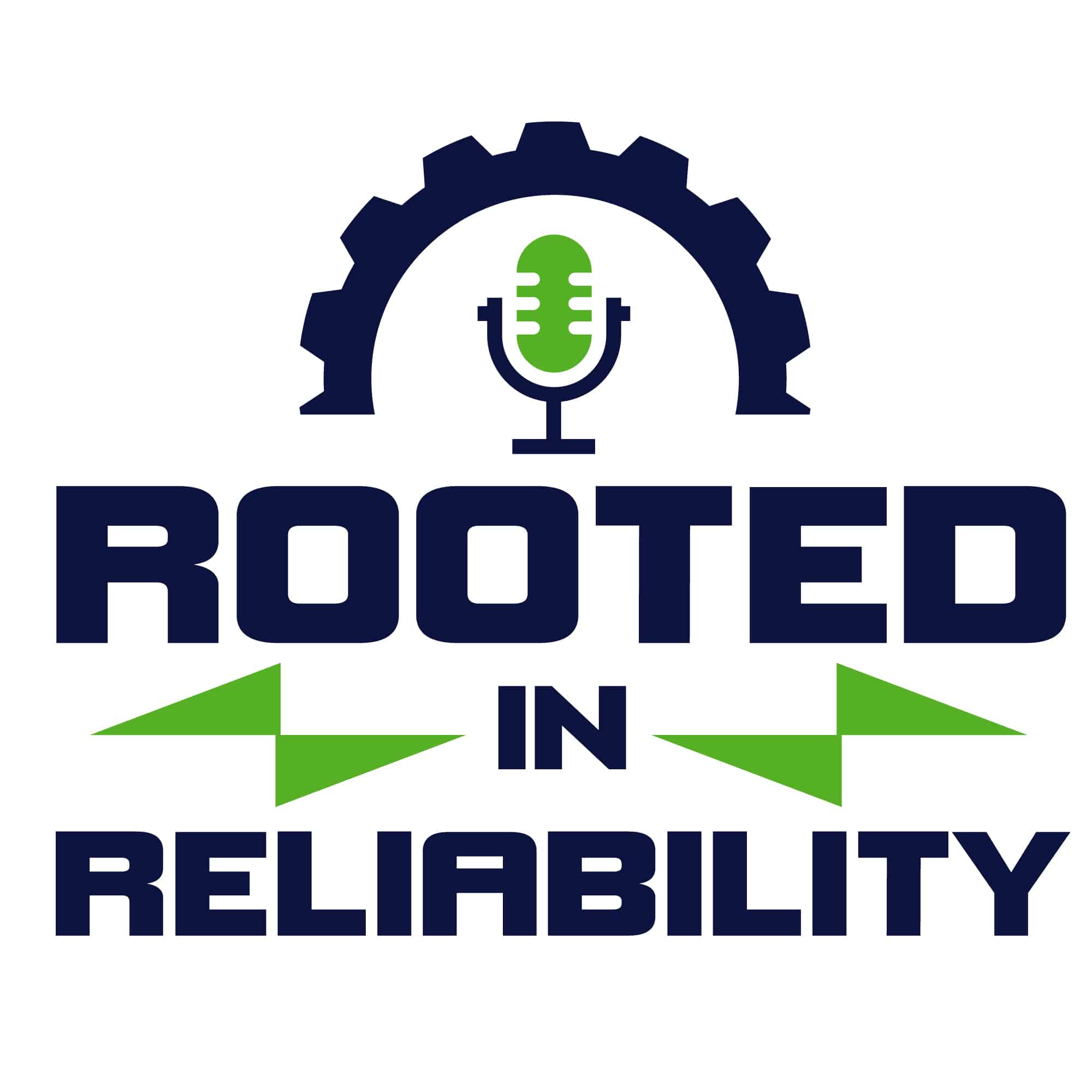
Understanding Prescriptive Maintenance with Jack Nicholas
There has always been room for improvement when it comes to reliability and future holds a few surprise to take the predictive maintenance practices to a new level. That new level is prescriptive maintenance. That word is going to be more common in the next few years in the reliability and maintenance industry. Prescriptive maintenance can be defined as a concept that not only includes detecting degrading in the assets well ahead, it also prescribes a solution to mitigate that problem. There are multiple scenarios that you run here to know the potential outcomes and then make a decision about the operations and maintenance of the systems.
It not just about just prescribing a solution and be done with it. The job actually gets tougher than before here because you are still going to need all the data you can get. Then you will have to use the prescriptive analytics to analyze the data. After that, you will need those technicians and planners to take the necessary corrective actions to implement the solution of that problem suggested by the prescriptive maintenance strategy. You will still need to have your work management, business processes, and spares management in place before you perform any prescriptive maintenance.
You will still have all those people management problems. You will need to get the skilled people, train them to be better, and get yourself an experienced team in your organization. But the prescriptive maintenance will give you much better results than you can get by just performing PMs. This is all made possible by the use of technologies like IIOT, Big data, and Machine Learning and there are misconceptions about these things because people aren’t very used to them. You need to get everyone on the same page in order to get any good results.
Because of this, you can detect the problems with your assets way earlier and easier. This gives you the time to make the best use of your CMMS systems to make the assessments about the condition of your assets and then plan for the failures on your own schedule. You get much more time to come up with the solutions to the failures and that is the main goal of the predictive maintenance too. There are many organizations that still perform and prefer prescriptive maintenance but they cover the basic elements of the maintenance as well.
When you get failure data and break-down time so early, you can better analyze the data and get the results checked by your technicians and operations department. You need to have a team of Subject Matter Experts and Data Scientists to work on the Big Data technology and IIOT to get those suggestions that can help you make the life of your staff a lot simpler. This process is not so easy and it takes a lot of time to get the results that you want. You have to be patient because it takes time to start benefiting from it.
Eruditio Links:
- Eruditio
- A Smarter Way of Preventative Maintenance – Free eBook
- inspired Blended Learning
- James Kovacevic’s LinkedIn
Jack Nicholas Links:
- Jack Nicholas’ LinkedIn
- Paper on IoT by Jack Nicholas
- GE Digital
- Secrets of Success with Procedures by Jack Nicholas
- Asset Condition Monitoring Management by Jack Nicholas
- Reliability Centered Maintenance Re-edited by Jack Nicholas
- SMRP

Rooted In Reliability podcast is a proud member of Reliability.fm network. We encourage you to please rate and review this podcast on iTunes and Stitcher. It ensures the podcast stays relevant and is easy to find by like-minded professionals. It is only with your ratings and reviews that the Rooted In Reliability podcast can continue to grow. Thank you for providing the small but critical support for the Rooted In Reliability podcast!
Jack,
I have a question regarding the use of grounding ring and insulated bearings (insulated sleeve).
I don’t believe the currents run in a circle, through the shaft out one bearing and loop around back to the other bearing, but I could be wrong.
I do believe the fluting occurs most often through the bearing with the least resistance (path of least resistance) to round, which is most likely the driven end.
Do you have a recommendation as to which is better or to use both? aegis shows using a ground ring on the inboard bearing and a sleeve on the outboard bearing (see https://www.est-aegis.com/product/sgr/).